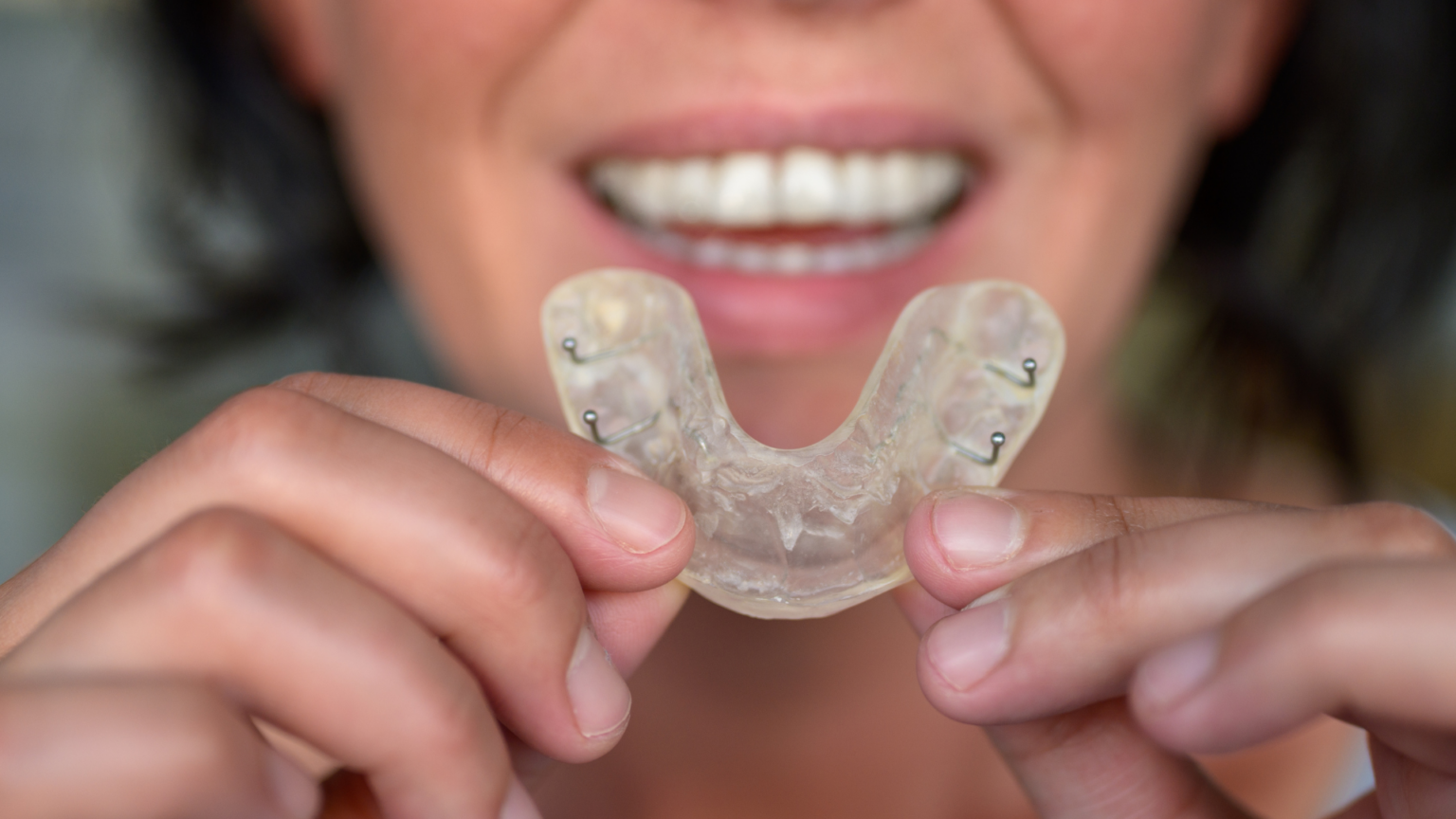At Santa Monica Bay Dental, our providers see patients with a telltale set of symptoms: jaw pain, a clicking or popping sound in the jaw, a swollen jaw, ringing in the ears. These symptoms are often an indication of a temporomandibular joint disorder (TMJ).
Your temporomandibular joint and muscle are involved in chewing, talking, swallowing, and any other activity that moves your jaw. When something goes wrong with that joint, you may be diagnosed with a TMJ disorder. Experts estimate that more than 10 million people in the US have a TMJ disorder.
Causes of TMJ
It can be difficult to determine the cause of any given TMJ disorder. Some things make it more likely that you’ll have it, including:
- Arthritis, which can cause damage to the cartilage in your joint
- Problems with the disc in your jaw
- An injury to your jaw
- Chronic grinding of your teeth or clenching of your jaw
- Chronic stress and anxiety
- Poor posture
- Having worn orthodontic braces
- Chewing gum excessively
- Having a connective tissue disease
Although anyone can develop a TMJ disorder, more women are diagnosed than men. The temporomandibular joint is complex and works a little differently than other joints in your body, and that means that there’s a wide variation in symptoms and causes of TMJ disorders.
What you can do to ease the pain
If every bite, yawn, and word causes you pain, you’re probably looking for ways to make it hurt less. Luckily, you can take some fairly simple steps in your day-to-day life that may help.
Avoid foods that require your jaw to work harder. For example, steak is probably not a good idea. Crunchy and hard foods may also increase your pain. Try to eat mostly soft, blended foods that give your jaw a rest. You should also be careful to not take big bites of foods like apples or corn on the cob.
You can also use moist heat, such as a hot water bottle wrapped in a moist towel, to ease the pain. If your jaw is swollen, you may want to use an ice pack instead of heat, because ice can decrease inflammation. Apply ice for only 10-15 minutes at a time.
Our providers can show you how to do exercises that may help improve the mobility of your jaw. Therapeutic jaw exercises that target your specific needs can be effective, but they don’t work instantly. For exercises to work, you need to be dedicated to doing them regularly.
Stress contributes
For many people who have both chronic stress and a TMJ disorder, learning and practicing relaxation techniques is a key part of lowering pain levels. You may want to investigate breathing techniques, yoga, massage therapy, meditation, or other relaxation practices.
When you yawn, be sure to use your hand to support your chin. This can prevent your jaw from locking open.
If you have a TMJ disorder and the pain is disrupting your life, our providers may be able to help. Treatments other than lifestyle changes are available. Schedule an appointment with our Santa Monica, California, office today for more personalized suggestions suitable for your situation.


